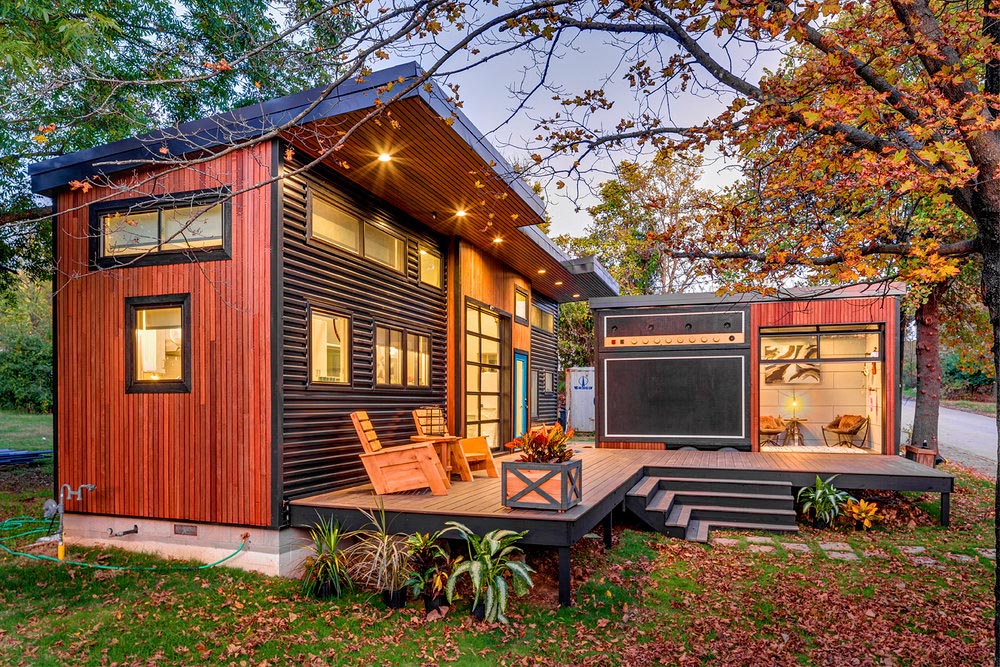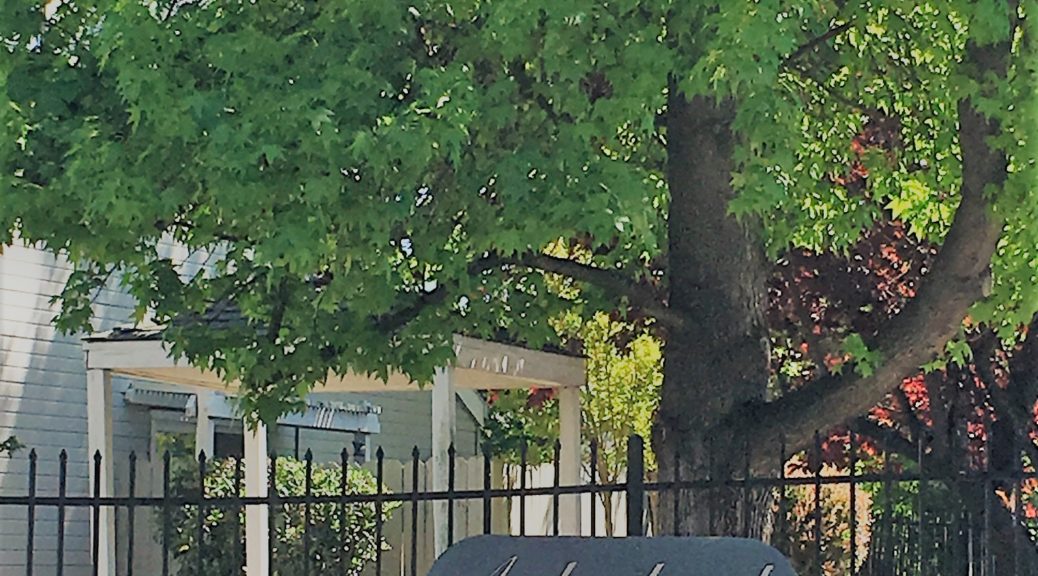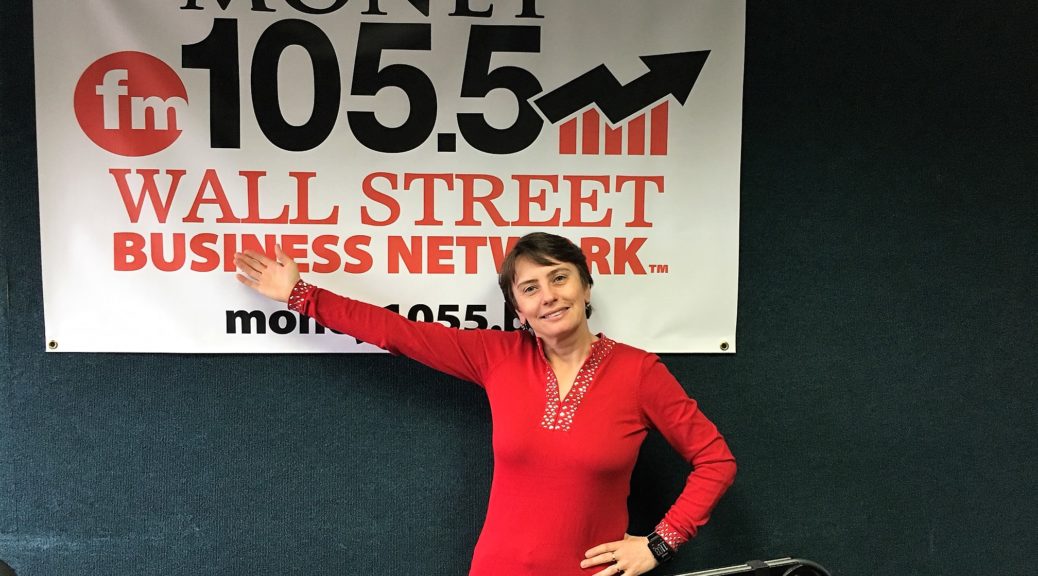The Good, the Bad, and The Ugly of Our Post Pandemic Real Estate Market

I like to compare our 2021 Sacramento real estate market to one wild roller coaster ride that besides having twists, turns, and upside down loops sending thrill seekers on the verge of fear and elation, it also has unexpected highs and lows that I correlate to our high real estate prices and extremely low interest rates oftentimes below 3 percent. Our real estate market’s frenzy and desperation, especially on the buyers’ side, is directly related to the sudden decline in housing inventory at the beginning of 2021.
Needless to say, I have never experienced this bidding war before in my 21 years in the business as a real estate broker. And how ugly are these bidding wars? How much over the asking price is enough, you might ask? I have had an offer accepted for my buyers at $50,000 over the asking price, and we had to remove appraisal and loan contingencies to be the winning bid.
The good: offer accepted for my happy clients! The bad: $50,000 over the asking price no matter of the appraised value. The ugly: I have submitted about 15 offers for my buyers before their offer got accepted for $425,000, which is such a hot price point. However, with patience, perseverance, and my professional guidance, my clients are happy homeowners. And in the case of other buyers of mine, I got their offer accepted on the very first try, so some luck never hurts.

This wild roller coaster ride has resulted in the following four unique real estate trends:
- Million-dollar home sales have had a 126.92% increase since last year. Additionally, as Ryan Lundquist, our local appraiser expert points out in his Sacramento Appraisal blog, there were 94.9 percent more sales above the $750,000 and 27.3 percent fewer sales under $400,000 price range. We have highs in our real estate market not seen since 2006.
- The prevalence of the ADU – an Accessory Dwelling Unit is a permanent dwelling unit that may share at least one wall with the primary residence (attached) or be a stand-alone structure (detached) from the primary residence. ADUs provide permanent facilities for living, sleeping, eating, cooking, and sanitation.), or little homes built in the backyard of the main house, as the city of Sacramento is willing to approve ADUs either one home up to 1,200 sq. ft., or two homes 600 sq. ft. each depending on the lot size and setbacks. The approval of the ADUs is an important step in increasing price affordability and addressing Sacramento’s scarce inventory – see more info in my interview about the tiny homes trend with KCRA news.
- The big migration, which according to a LinkedIn data, show more workers moving to smaller US cities and away from larger cities in 2020 compared to 2019. Sacramento is in top five smaller US cities as far as positive growth in inflow over outflow of workers.
- Sellers’ confidence expected to grow as vaccine distribution is in full force, providing more peace of mind to sellers looking to make their move. According to Zillow economists, who show that 63 percent of sellers are also buyers, sellers’ mobility has increased for the following reasons: their desires to upgrade or upsize their homes, move to different neighborhoods, downsizing, and wanting a better work from home situation.
For more information on the ADUs and the tiny homes and what type of approval process you need to have one in your backyards, stay tuned, as I will have a meeting with the city and county officials next week!
For more inspiration on how to let “AIR,” which stands for adaptation, inspiration, and resilience guide and uplift you during these uncertain and crazy times, please consider buying my print edition or e-book The PR- The Poetics of Running, A Book of Poetry in Motion on Amazon, or buy it straight from my blog by clicking on my books link, which will take you to Amazon. A portion of the proceeds from the sale of the book is going to Girls on the Run Sacramento chapter organization.
For more info on running and real estate, whether buying or selling, please e-mail me at carmenmicsa@yahoo.com, or call me at 916-342-2446. Also mention this blog and receive a great offer whether buying (credit for closing costs), or selling (commission discount). Running for real estate with joy!





















